Over the past year, train collisions have increased. Just in week 24, in Bengal, the freight train crashed into a stationary passenger train.
On the morning of Eid, a freight train collided with the Kanchenjunga Express, a widely popular passenger train mainly for tourists, near Jalpaiguri, in eastern India. The accident—which happened just two weeks after the Narendra Modi government took the oath of office—resulted in the deaths of 10 people and left many others injured. It highlighted the terrible safety record of the Indian Railways and raised concerns about the government’s priorities.
Over the past five years, the Indian Railways has frequently made headlines even as Prime Minister Modi has kept launching high-speed Vande Bharat express trains with great enthusiasm. Since 2019, he has inaugurated 50 of these trains, including 10 on a single day just before the recent General Elections.
However, the prime minister has noticeably stayed out of the spotlight when major train accidents have brought Indian Railways into the news. The Kanchenjunga Express accident happened nearly a year after the tragic train disaster, in which nearly 300 people died and over 1,200 were injured in a collision involving three trains in Odisha’s Balasore district.
According to data from the ministry, reported by the Business Standard and mentioned in The Diplomat, there have been an average of three train accidents each month over the past five years.
Shortly after the multiple-train collision in Balasore last June, two additional train accidents occurred in quick succession. In early October, the North East Express derailed in Bihar, resulting in four fatalities. By month-end, another train collision in Andhra Pradesh, in southern India, claimed 14 lives, as reported by The Diplomat.
Train derailments and collisions are the main causes of train accidents. Over the past year, train collisions have increased. Just in week 24, in Bengal, the freight train crashed into a stationary passenger train.
Facing criticism from all sides, the Railway Ministry first blamed the late locomotive driver of the goods train. Later, they changed their stance and acknowledged that the automatic signalling system on the route was not functioning properly. Additionally, the injured passenger, who the Railways claimed had filed a complaint against the driver, denied making any such complaint.
Investigations following each accident have consistently raised concerns about rail safety. They have emphasised the urgent need to modernize the signalling system and improve railway safety measures.
Anti-Collision Device: ‘Kavach’
Railway minister Aswani Vaishnaw has frequently boasted about the Railways implementing advanced, anti-collision ‘Kavach’ devices. The anti-collision device automatically applies the brakes if the locomotive pilot fails to do so. However, the truth is that, so far, only about 1 per cent of the total rail track length, which spans over 104,000 kilometres, has been equipped with these devices. Unfortunately, this device was not installed in the ill-fated Kanchenjunga Express.
As expected, the Opposition called for the resignation of the 'incompetent minister'. Surprisingly, despite major tragedies, such as the Balasore accident happening during his tenure, Vaishnaw has been kept on as rail minister in Modi’s new cabinet for a third term, reports The Diplomat.
West Bengal chief minister Mamata Banerjee criticized the Modi government, stating that, while there was “a lot of big talk and beautification, passenger amenities were compromised”. She accused the government of negligence and being more focused on promoting the Vande Bharat trains.
Technical experts, such as former railways chief engineer Alok Kumar Verma, criticized the government’s “misplaced priorities”. Verma noted that, while the “existing network of the Indian Railways is deteriorating”, the government is pushing for expensive projects with questionable financial viability. He expressed these concerns to the Indian Express. He pointed to the bullet trains and the “semi-high-speed” Vande Bharat trains, arguing that they focused more on luxury and appearance than on actual speed.
Vande Bharat trains are designed for high-end travellers who can afford extra comfort, but the needs of the common man should not be overlooked, he said. Furthermore, Sudhanshu Mani, the designer of the “super-fast” Vande Bharat, mentioned to The Diplomat that these high-speed trains average only 83 km per hour instead of their top speed of 130 km per hour due to poor track conditions.
More Facts About ‘Kavach ‘
‘Kavach’ is an Automatic Train Protection (ATP) system developed in India by the Research Design and Standards Organisation (RDSO) in partnership with the Indian industry. The South Central Railway conducted trials to ensure the system enhances safety in train operations across the Indian Railways. This advanced electronic system meets the Safety Integrity Level-4 (SIL-4) standards.
The system is designed to prevent trains from passing a red light, which indicates danger, and to avoid collisions. If the driver does not follow speed restrictions, it automatically activates the train’s braking system. Additionally, it prevents collisions between two locomotives that are both equipped with working ‘Kavach’ systems.
The system also sends emergency SOS messages when needed. Another feature is the centralized live monitoring of train movements via the Network Monitor System. ‘Kavach’ is one of the most affordable SIL-4 certified technologies, with an error probability of just 1 in 10,000 years.
The Traffic Collision Avoidance System (TCAS) uses equipment on the locomotive and transmission towers at stations connected with Radio Frequency Identification (RFID) tags to enable two-way communication between the station master and the locomotive pilot for conveying emergency messages.
The instrument panel inside the cabin informs the locomotive pilot about upcoming signals and the permissible speeds, even without direct visual sighting. If a red light is ignored and two trains end up on the same tracks, the technology automatically takes control and applies the brakes.
How Does Kavach Really Work?
Additionally, the hooter automatically activates when approaching a level-crossing, which is especially helpful for locomotive pilots during foggy conditions with low visibility. In the context of trains, the hooter typically refers to a horn or alarm that alerts the driver and others of potential hazards or specific conditions.
Special Funds Being Misused
Recent reports from the Comptroller and Auditor-General (CAG) revealed that the special fund for rail safety was misused to purchase such items as foot massagers, crockery, electrical appliances, furniture, winter jackets, computers and escalators, as well as for developing gardens and building toilets. The report also highlighted the inadequate funding of the rail safety fund. It pointed out significant gaps in track maintenance and renewal, as well as such human factors as overworked locomotive drivers and staff, which have contributed to derailments and accidents.
The Indian rail network, one of the largest globally, carries 24 million people daily and has been in operation for 163 years. Consequently, maintaining rail infrastructure is crucial for the railways’ overall health. Undoubtedly, rail travel remains the primary mode of mass transportation for the common man in India, while the upwardly mobile middle class tends to prefer the luxury of air travel. The Modi government’s ambitions for high-speed and bullet trains could fail if it neglects allocating resources towards rail safety and the needs of the average rail passenger.
(The author of this article is a Defence, Aerospace & Political Analyst based in Bengaluru. He is also Director of ADD Engineering Components, India, Pvt. Ltd, a subsidiary of ADD Engineering GmbH, Germany. You can reach him at: girishlinganna@gmai.com)
(Disclaimer: The views expressed above are the author's own and do not reflect those of DNA)
![submenu-img]() Judge denies Alec Baldwin's plea to dismiss involuntary manslaughter charge in Rust shooting case, actor will now...
Judge denies Alec Baldwin's plea to dismiss involuntary manslaughter charge in Rust shooting case, actor will now...![submenu-img]() Rohit Sharma wakes up with T20 World Cup trophy beside him; pic goes viral
Rohit Sharma wakes up with T20 World Cup trophy beside him; pic goes viral![submenu-img]() NEET UG paper leak row: CBI arrests private school owner from Gujarat's Godhra
NEET UG paper leak row: CBI arrests private school owner from Gujarat's Godhra![submenu-img]() Bigg Boss OTT 3: Vishal Pandey argues with Anil Kapoor for this reason, host warns 'yeh khel bandh kar doon'
Bigg Boss OTT 3: Vishal Pandey argues with Anil Kapoor for this reason, host warns 'yeh khel bandh kar doon'![submenu-img]() Shaheen Afridi pays tribute to Rohit Sharma, Virat Kohli after legendary duo announce retirement from T20Is
Shaheen Afridi pays tribute to Rohit Sharma, Virat Kohli after legendary duo announce retirement from T20Is![submenu-img]() Meet man who lost eyesight at 8, after graduation got whopping job package at Microsoft, not from IIT, NIT, salary is...
Meet man who lost eyesight at 8, after graduation got whopping job package at Microsoft, not from IIT, NIT, salary is...![submenu-img]() Meet IAS officer, who cracked UPSC exam at 22, became a social media influencer, secured AIR...
Meet IAS officer, who cracked UPSC exam at 22, became a social media influencer, secured AIR...![submenu-img]() NEET-UG exam to be switched from pen-and-paper to online mode? Check latest update here
NEET-UG exam to be switched from pen-and-paper to online mode? Check latest update here![submenu-img]() UPSC Prelims Results 2024 expected soon, know how to download scorecard
UPSC Prelims Results 2024 expected soon, know how to download scorecard![submenu-img]() NEET UG re-exam result 2024 likely today at exams.nta.ac.in, UG medical counselling expected in July
NEET UG re-exam result 2024 likely today at exams.nta.ac.in, UG medical counselling expected in July![submenu-img]() DNA Verified: Did Kangana Ranaut party with gangster Abu Salem? Actress reveals who's with her in viral photo
DNA Verified: Did Kangana Ranaut party with gangster Abu Salem? Actress reveals who's with her in viral photo![submenu-img]() DNA Verified: New Delhi Railway Station to be closed for 4 years? Know the truth here
DNA Verified: New Delhi Railway Station to be closed for 4 years? Know the truth here![submenu-img]() DNA Verified: Did RSS chief Mohan Bhagwat praise Congress during Lok Sabha Elections 2024? Know the truth here
DNA Verified: Did RSS chief Mohan Bhagwat praise Congress during Lok Sabha Elections 2024? Know the truth here![submenu-img]() DNA Verified: Is CAA an anti-Muslim law? Centre terms news report as 'misleading'
DNA Verified: Is CAA an anti-Muslim law? Centre terms news report as 'misleading'![submenu-img]() DNA Verified: Lok Sabha Elections 2024 to be held on April 19? Know truth behind viral message
DNA Verified: Lok Sabha Elections 2024 to be held on April 19? Know truth behind viral message![submenu-img]() In pics: India beat South Africa by 7 runs to lift second T20 World Cup title
In pics: India beat South Africa by 7 runs to lift second T20 World Cup title![submenu-img]() Alia Bhatt mesmerises in gown, Ranbir Kapoor looks classy in tuxedo in latest romantic photos, fans say 'couple goals'
Alia Bhatt mesmerises in gown, Ranbir Kapoor looks classy in tuxedo in latest romantic photos, fans say 'couple goals'![submenu-img]() Newlyweds Sonakshi Sinha-Zaheer Iqbal pose candidly with paps; Anil Kapoor, Kajol, Huma Qureshi attend wedding reception
Newlyweds Sonakshi Sinha-Zaheer Iqbal pose candidly with paps; Anil Kapoor, Kajol, Huma Qureshi attend wedding reception![submenu-img]() Meet Lovekesh Kataria: Elvish Yadav's close friend, Bigg Boss OTT 3 contestant who lied to father, spent his fees on...
Meet Lovekesh Kataria: Elvish Yadav's close friend, Bigg Boss OTT 3 contestant who lied to father, spent his fees on...![submenu-img]() From Highway to Chandu Champion: 5 underrated gems from Sajid Nadiadwala
From Highway to Chandu Champion: 5 underrated gems from Sajid Nadiadwala![submenu-img]() Lok Sabha Speaker's Election: What does the Constitution say?
Lok Sabha Speaker's Election: What does the Constitution say?![submenu-img]() Explained: Why is Kerala demanding to change its name to Keralam?
Explained: Why is Kerala demanding to change its name to Keralam?![submenu-img]() DNA Explainer: What is Kafala system that is prevalent in gulf countries? Why is it considered extremely brutal?
DNA Explainer: What is Kafala system that is prevalent in gulf countries? Why is it considered extremely brutal? ![submenu-img]() Lok Sabha Elections 2024: What are exit polls? When and how are they conducted?
Lok Sabha Elections 2024: What are exit polls? When and how are they conducted?![submenu-img]() DNA Explainer: Why was Iranian president Ebrahim Raisi seen as possible successor to Ayatollah Khamenei?
DNA Explainer: Why was Iranian president Ebrahim Raisi seen as possible successor to Ayatollah Khamenei?![submenu-img]() Judge denies Alec Baldwin's plea to dismiss involuntary manslaughter charge in Rust shooting case, actor will now...
Judge denies Alec Baldwin's plea to dismiss involuntary manslaughter charge in Rust shooting case, actor will now...![submenu-img]() Bigg Boss OTT 3: Vishal Pandey argues with Anil Kapoor for this reason, host warns 'yeh khel bandh kar doon'
Bigg Boss OTT 3: Vishal Pandey argues with Anil Kapoor for this reason, host warns 'yeh khel bandh kar doon'![submenu-img]() Triptii Dimri reacts to being called 'national crush' after Animal's success: 'I always wanted...'
Triptii Dimri reacts to being called 'national crush' after Animal's success: 'I always wanted...'![submenu-img]() Gurmeet Choudhary calls trolls 'jobless people' who claim Debina Bonnerjee favours one daughter: 'Only fools could...'
Gurmeet Choudhary calls trolls 'jobless people' who claim Debina Bonnerjee favours one daughter: 'Only fools could...'![submenu-img]() Luv Sinha slams 'online campaign' against him for skipping Sonakshi Sinha's wedding with Zaheer Iqbal: 'My family...'
Luv Sinha slams 'online campaign' against him for skipping Sonakshi Sinha's wedding with Zaheer Iqbal: 'My family...'![submenu-img]() North Korea publicly executes 22-year-old man for listening to...
North Korea publicly executes 22-year-old man for listening to...![submenu-img]() Viral video: Little girl’s adorable dance to ‘Soulmate’ wins internet, watch
Viral video: Little girl’s adorable dance to ‘Soulmate’ wins internet, watch![submenu-img]() 'True motivation' : IAS officer and lawyer sibling duo's Instagram reel sparks pride across internet
'True motivation' : IAS officer and lawyer sibling duo's Instagram reel sparks pride across internet![submenu-img]() Before marriage to Shoaib Malik, Sania Mirza was linked to this actor, didn't...
Before marriage to Shoaib Malik, Sania Mirza was linked to this actor, didn't...![submenu-img]() Who's the king? Hippo confronts three lions in viral video, watch
Who's the king? Hippo confronts three lions in viral video, watch
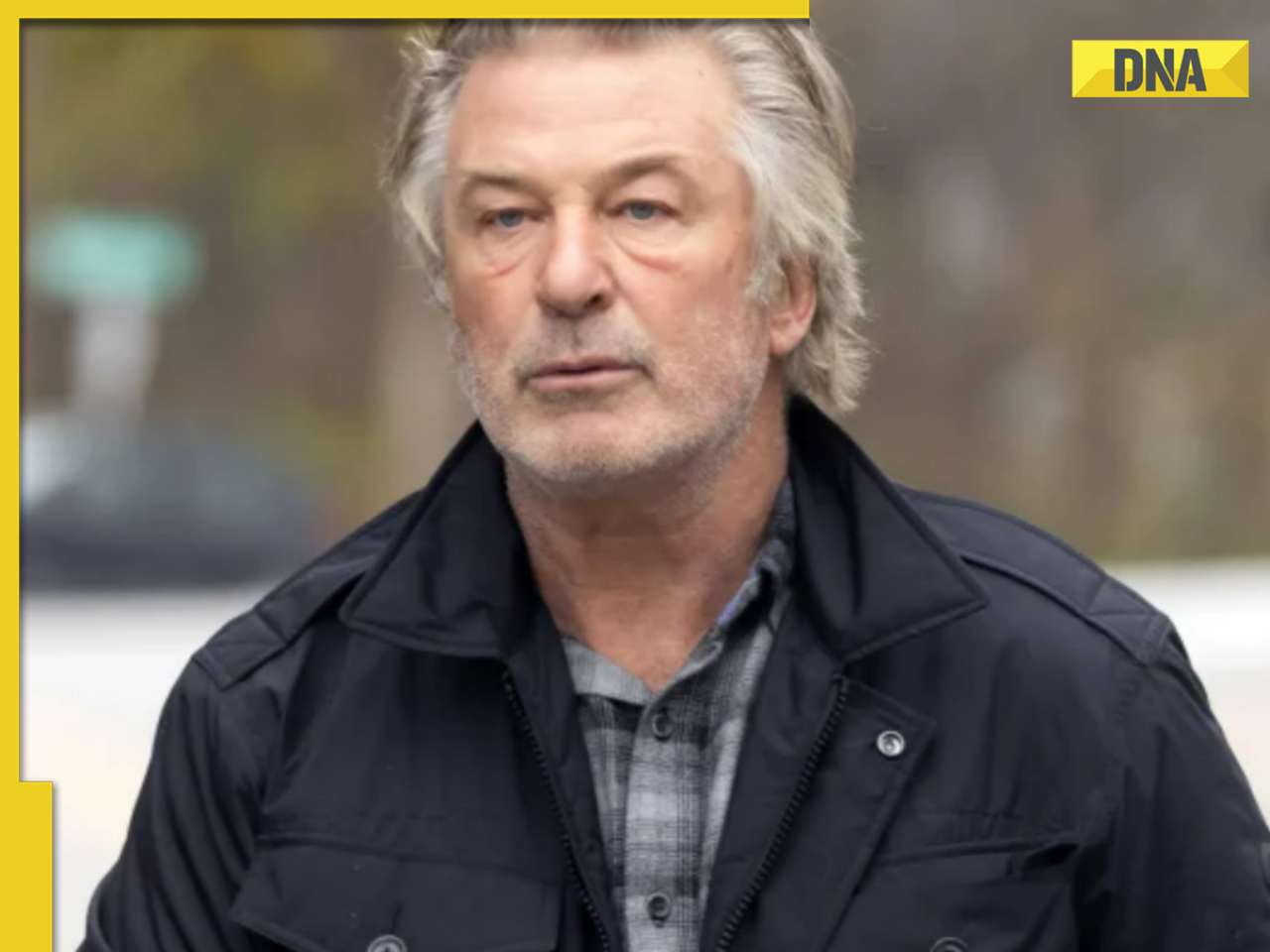

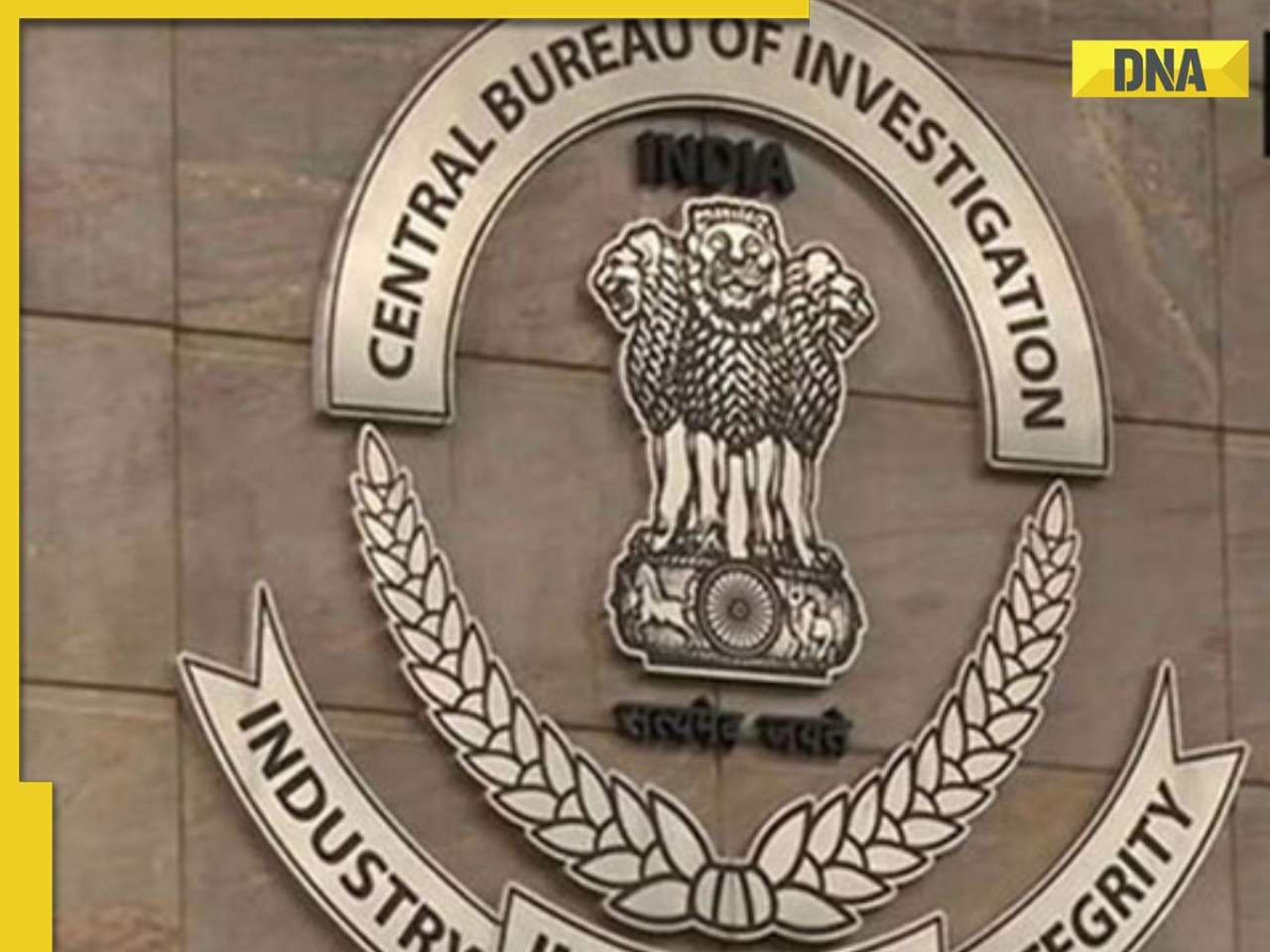
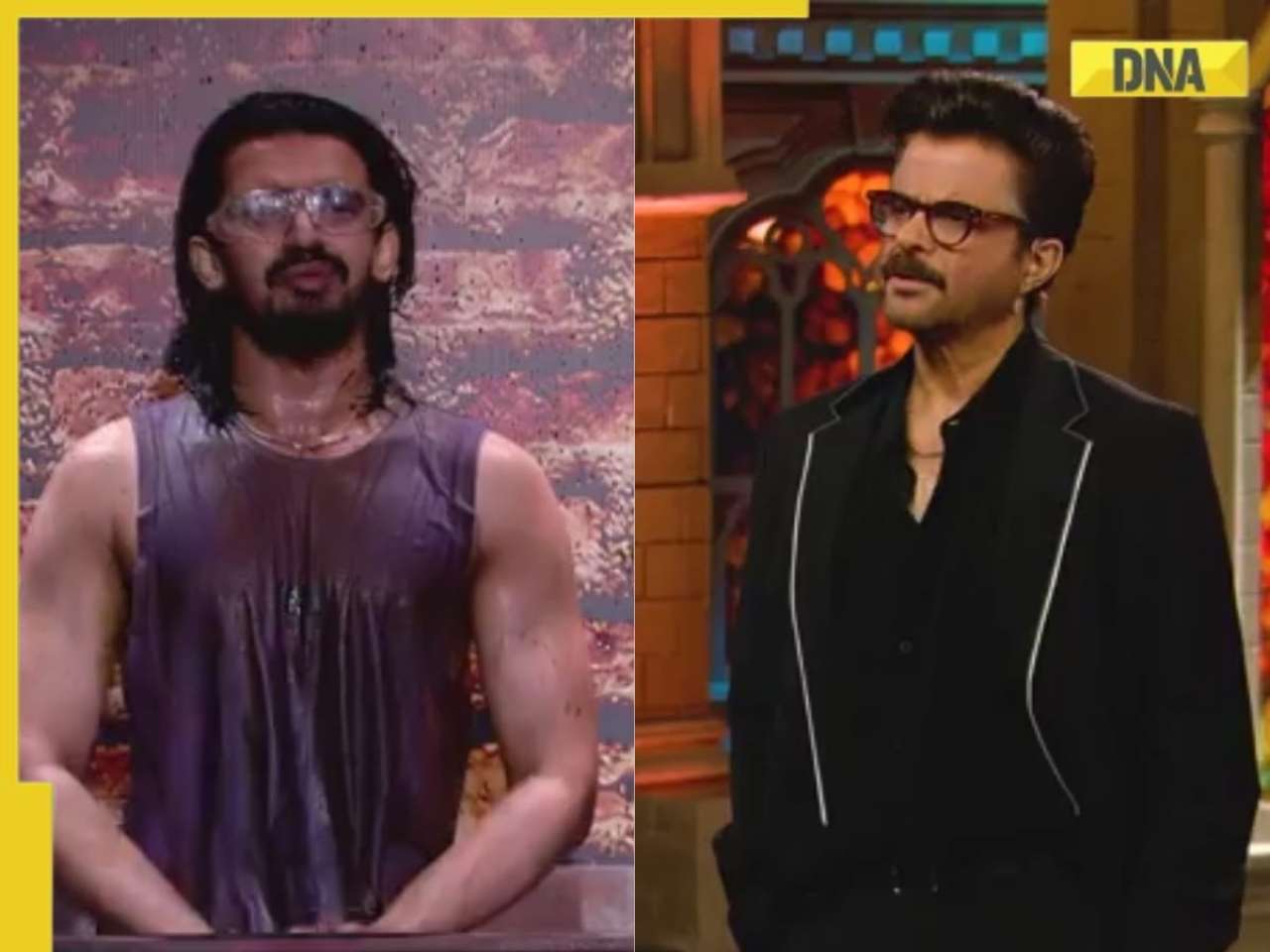






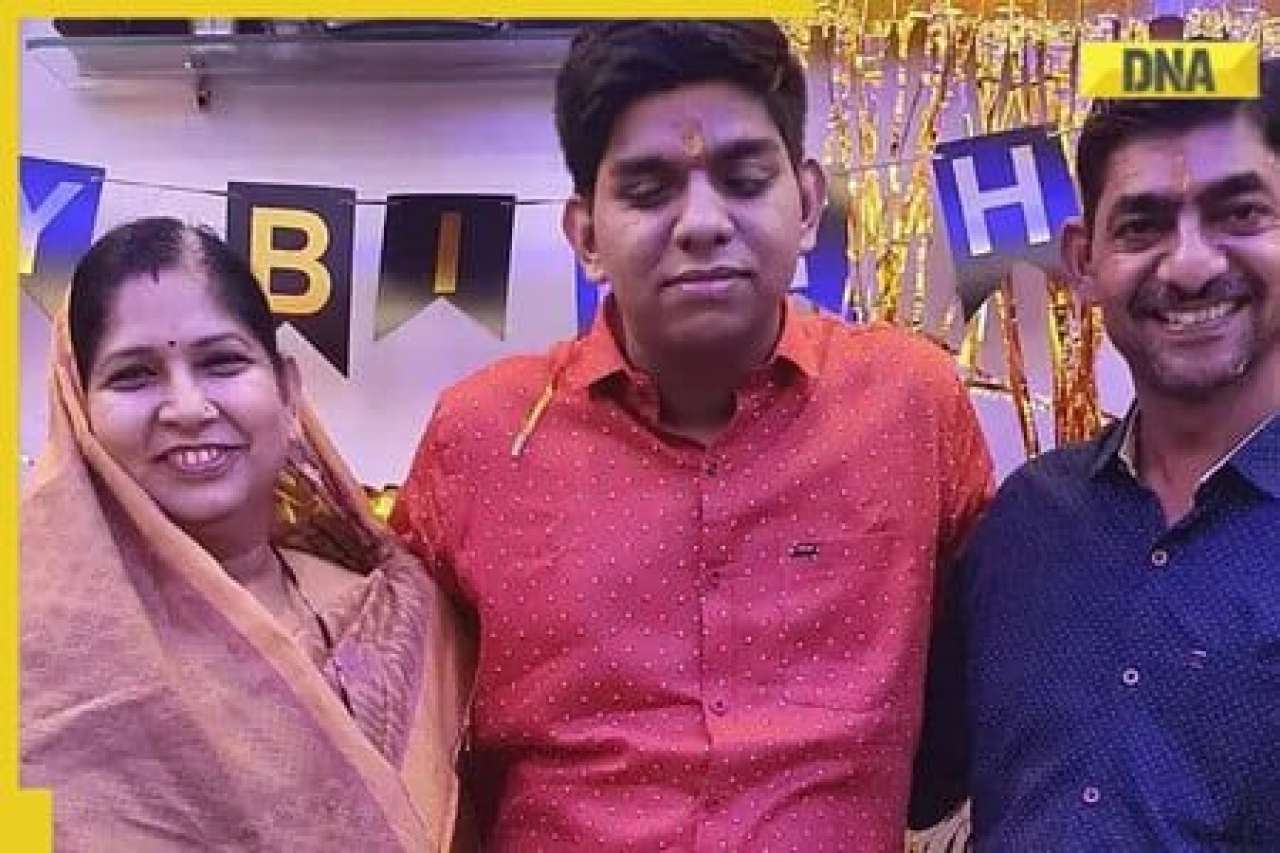

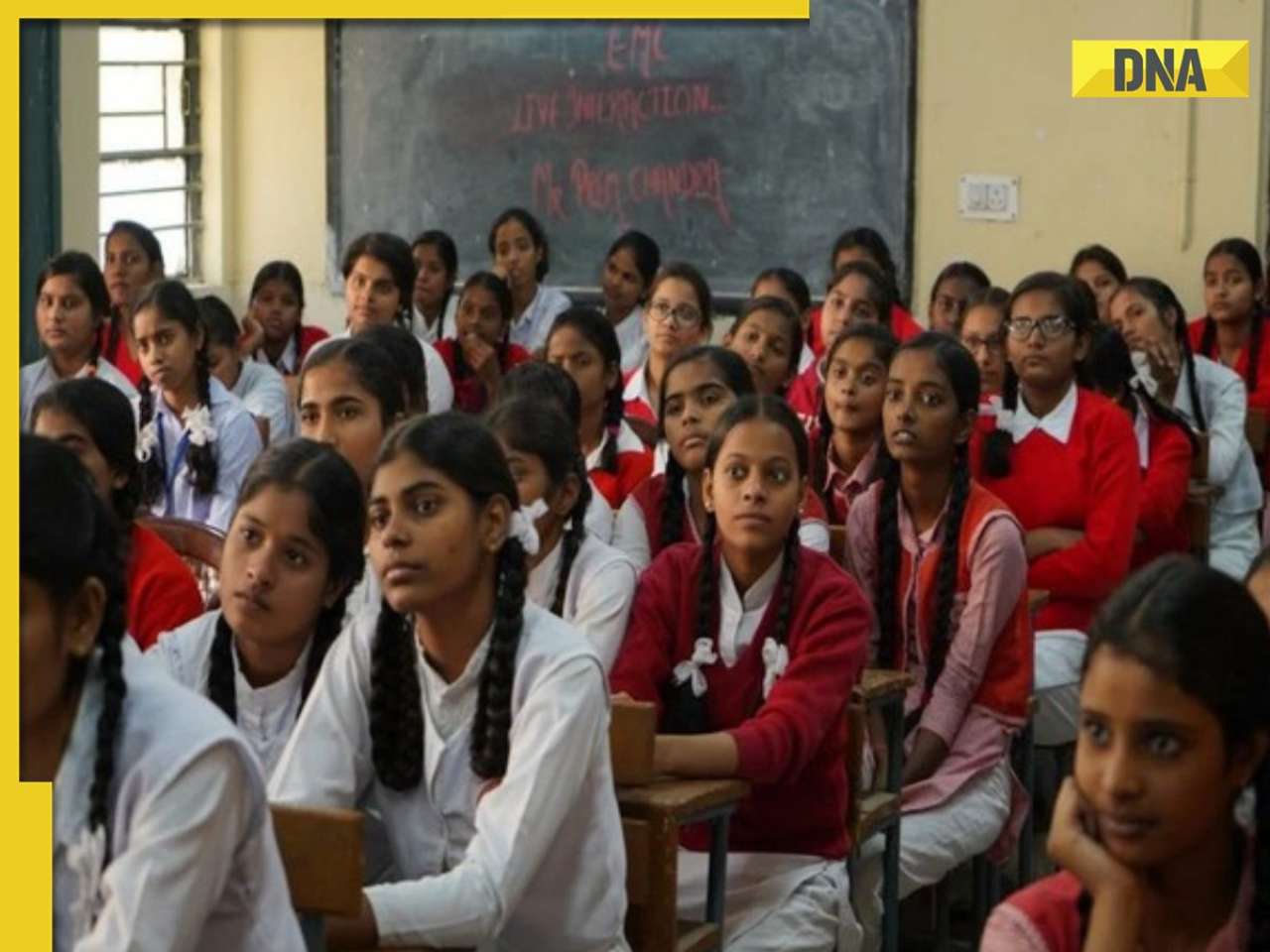
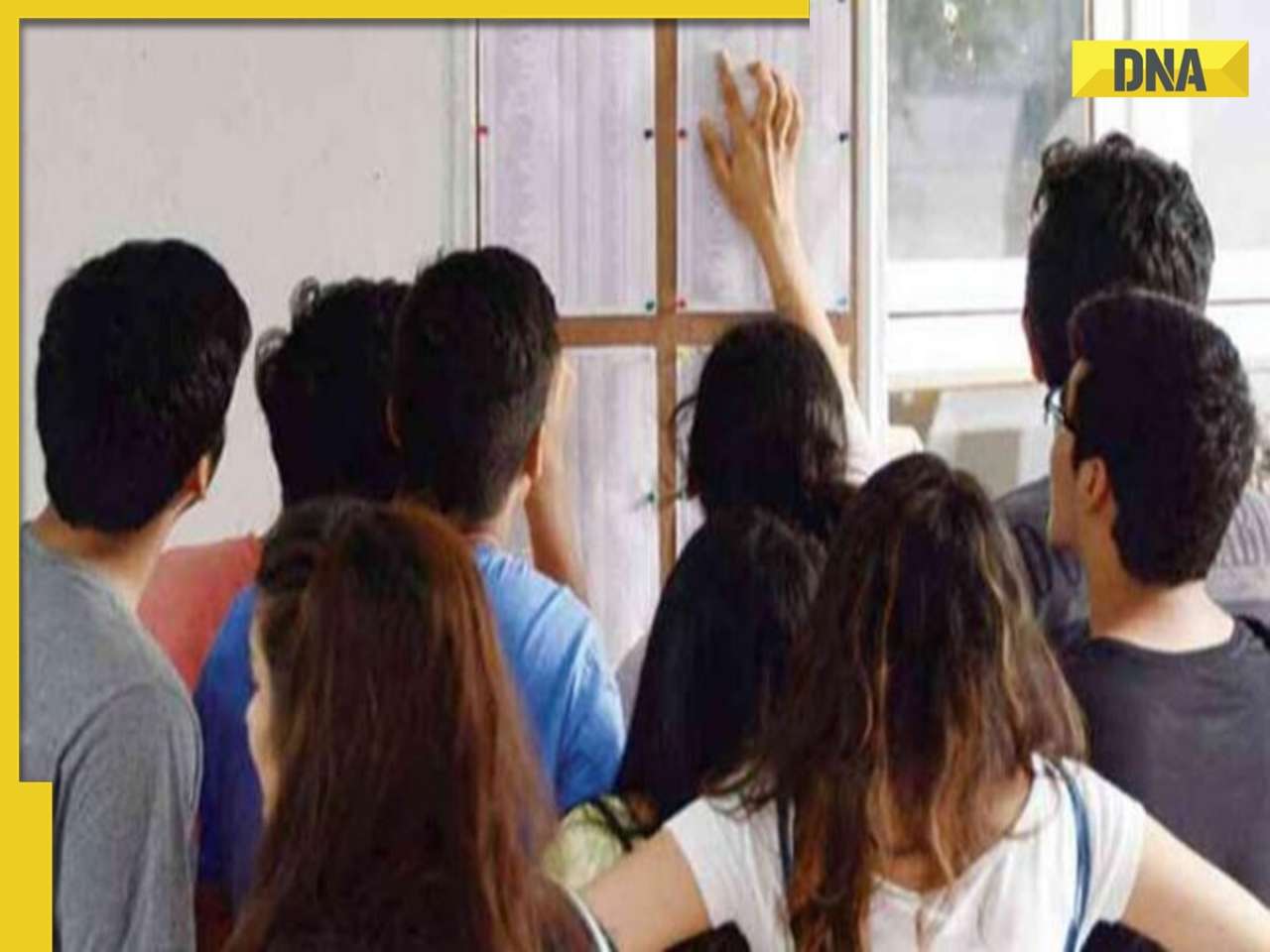







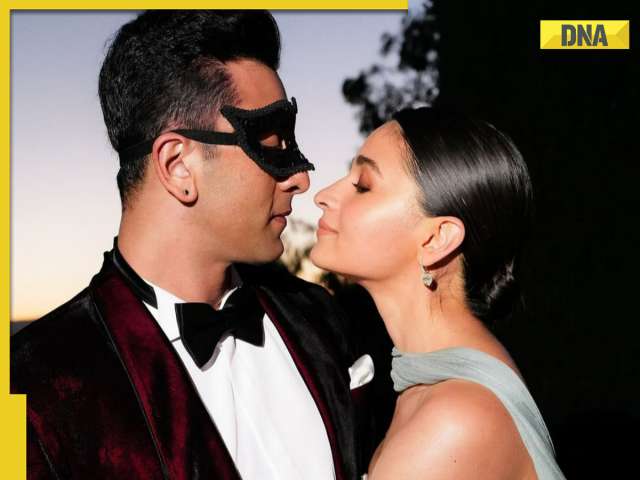


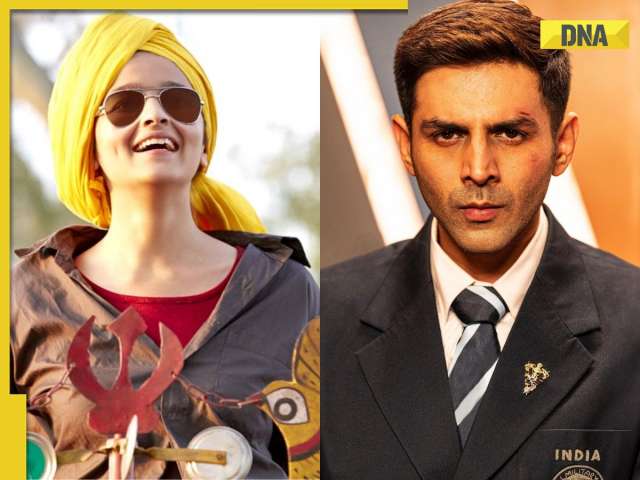


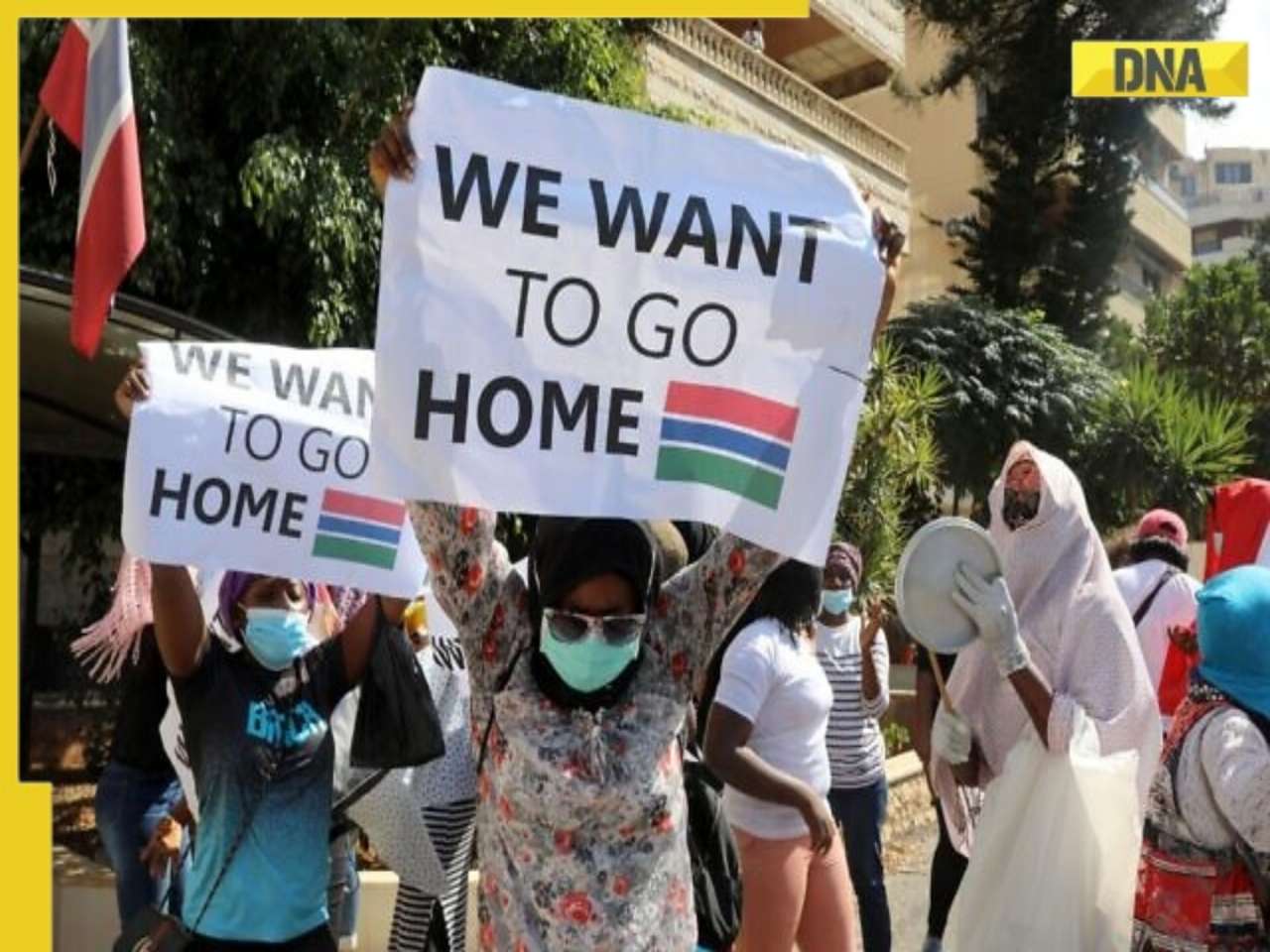
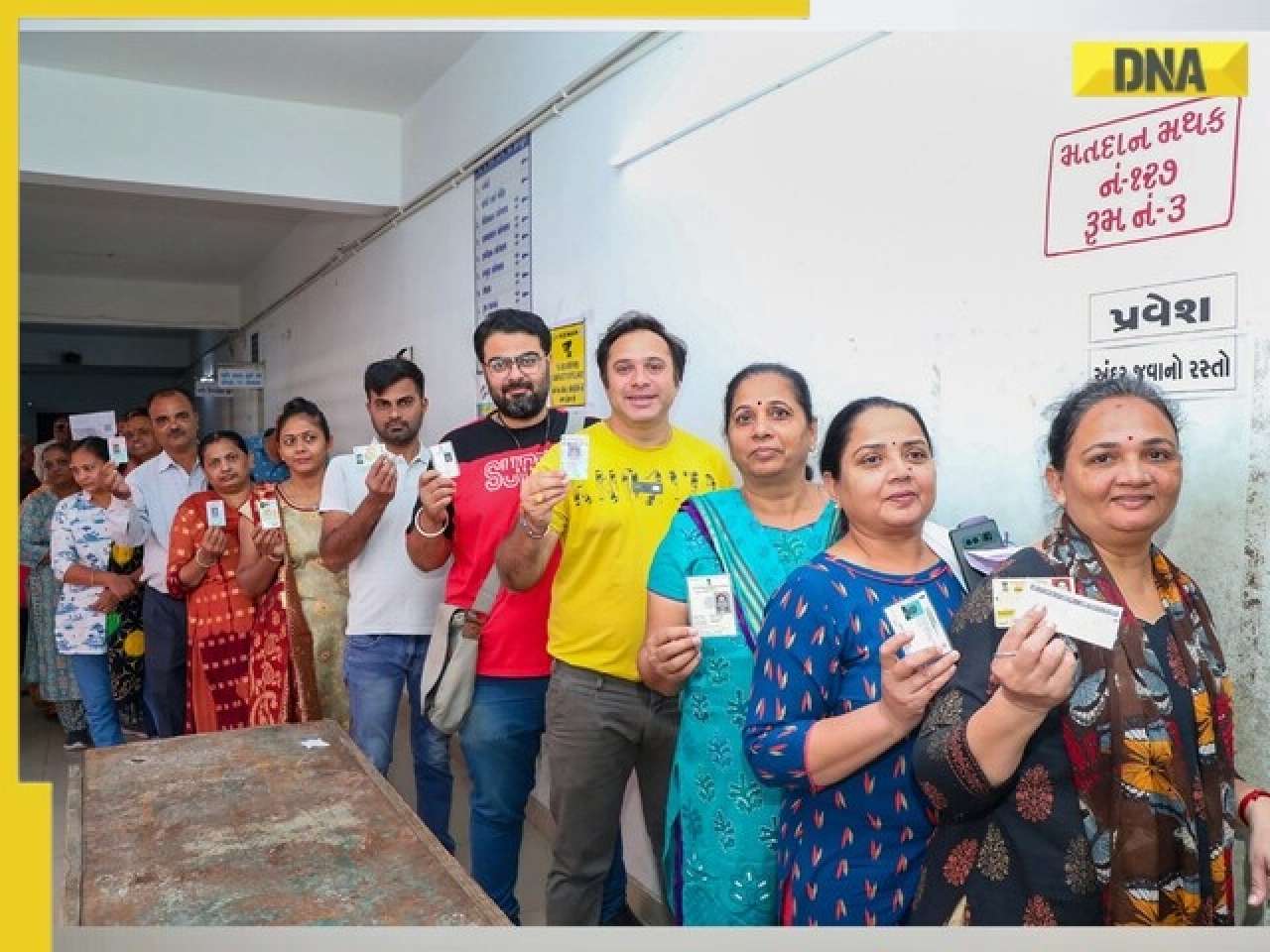










)




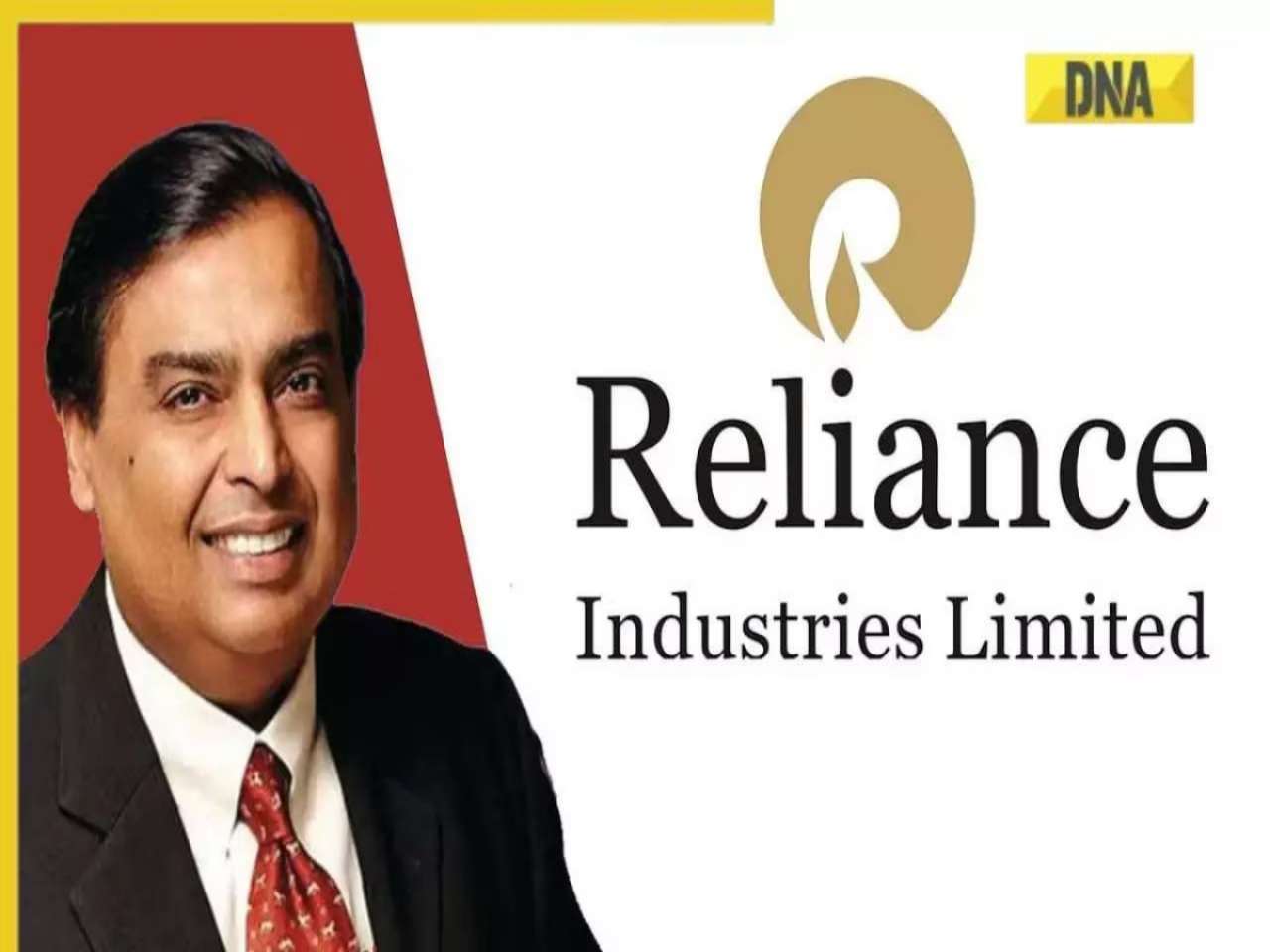


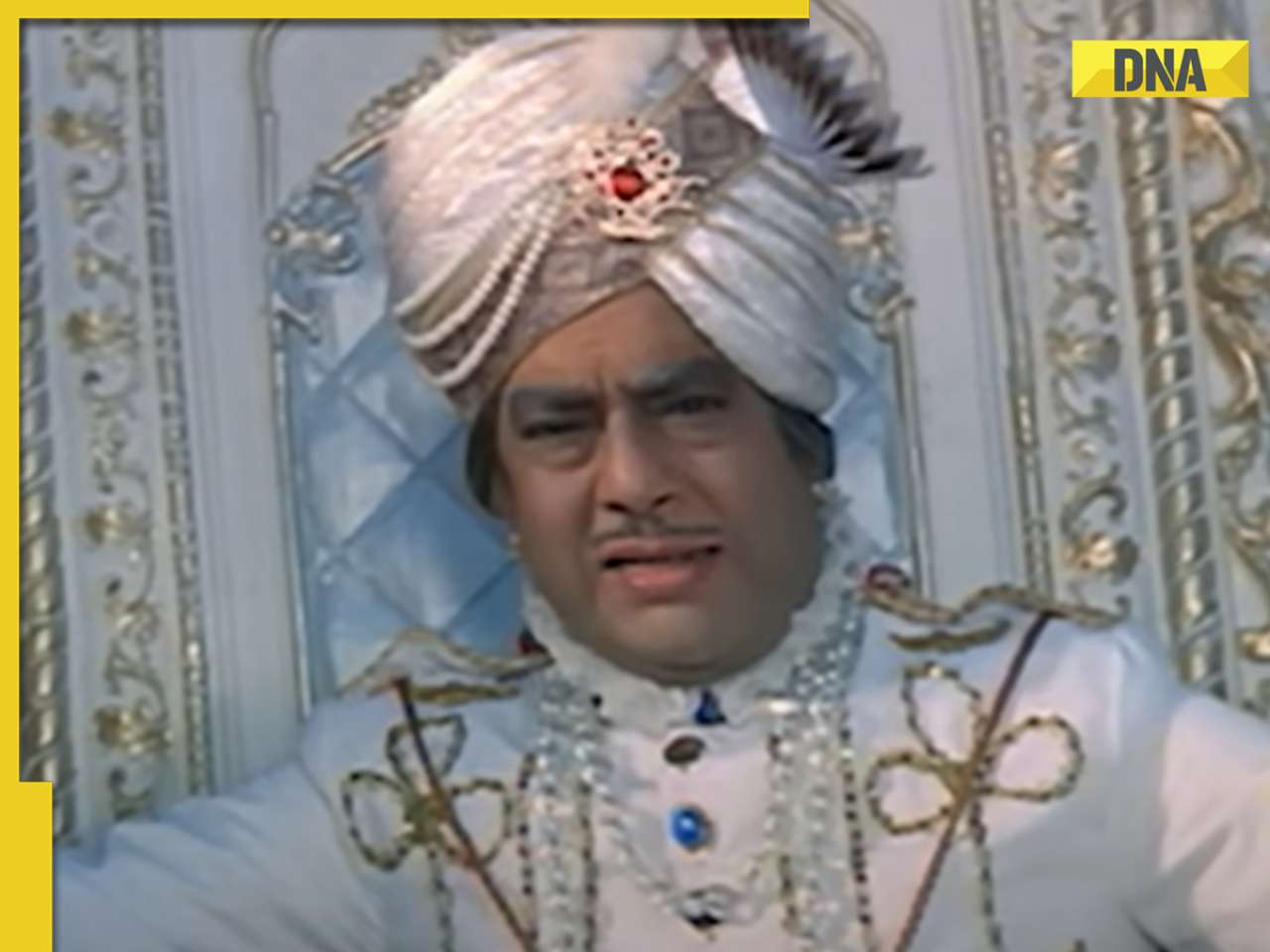
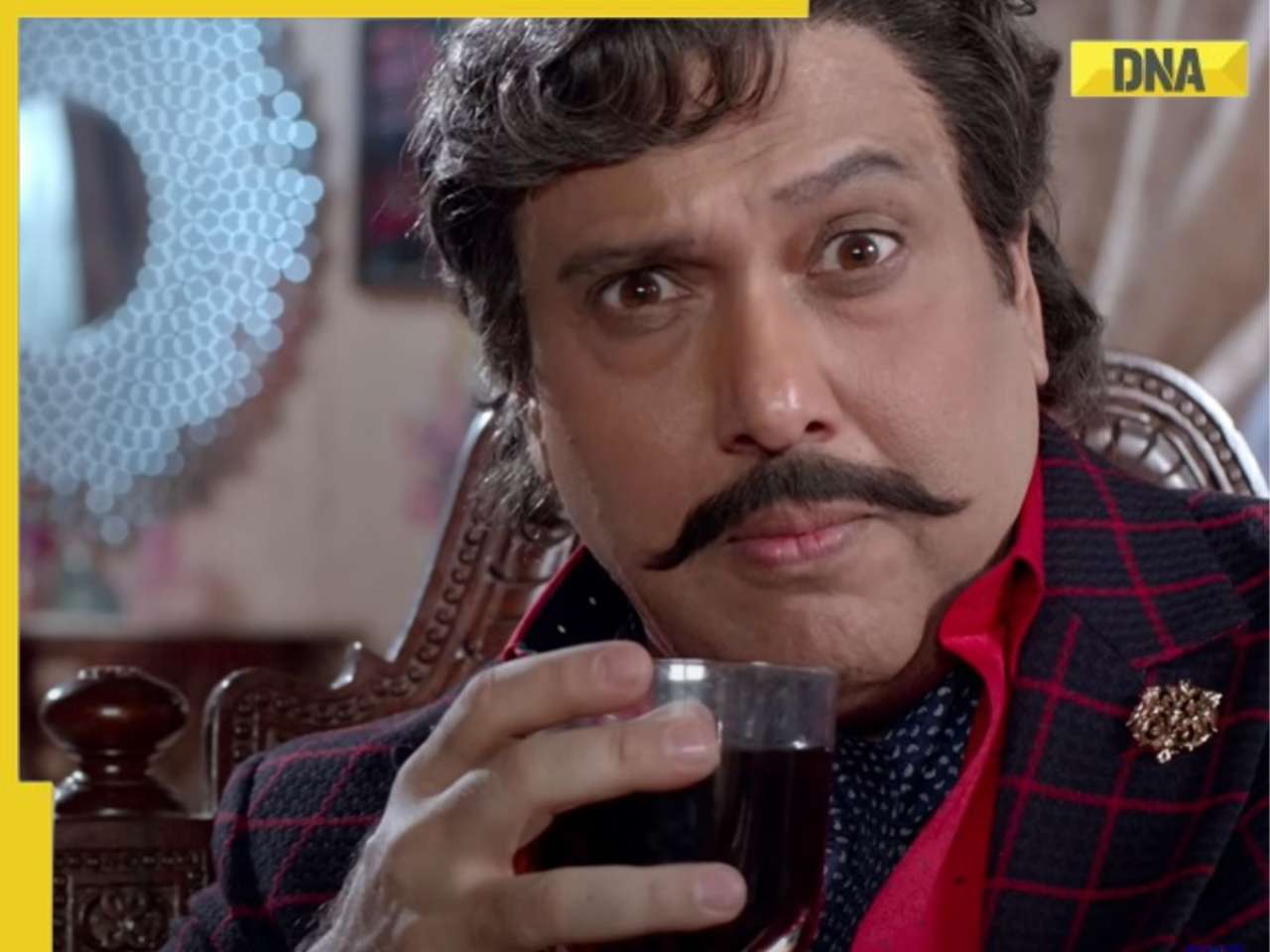
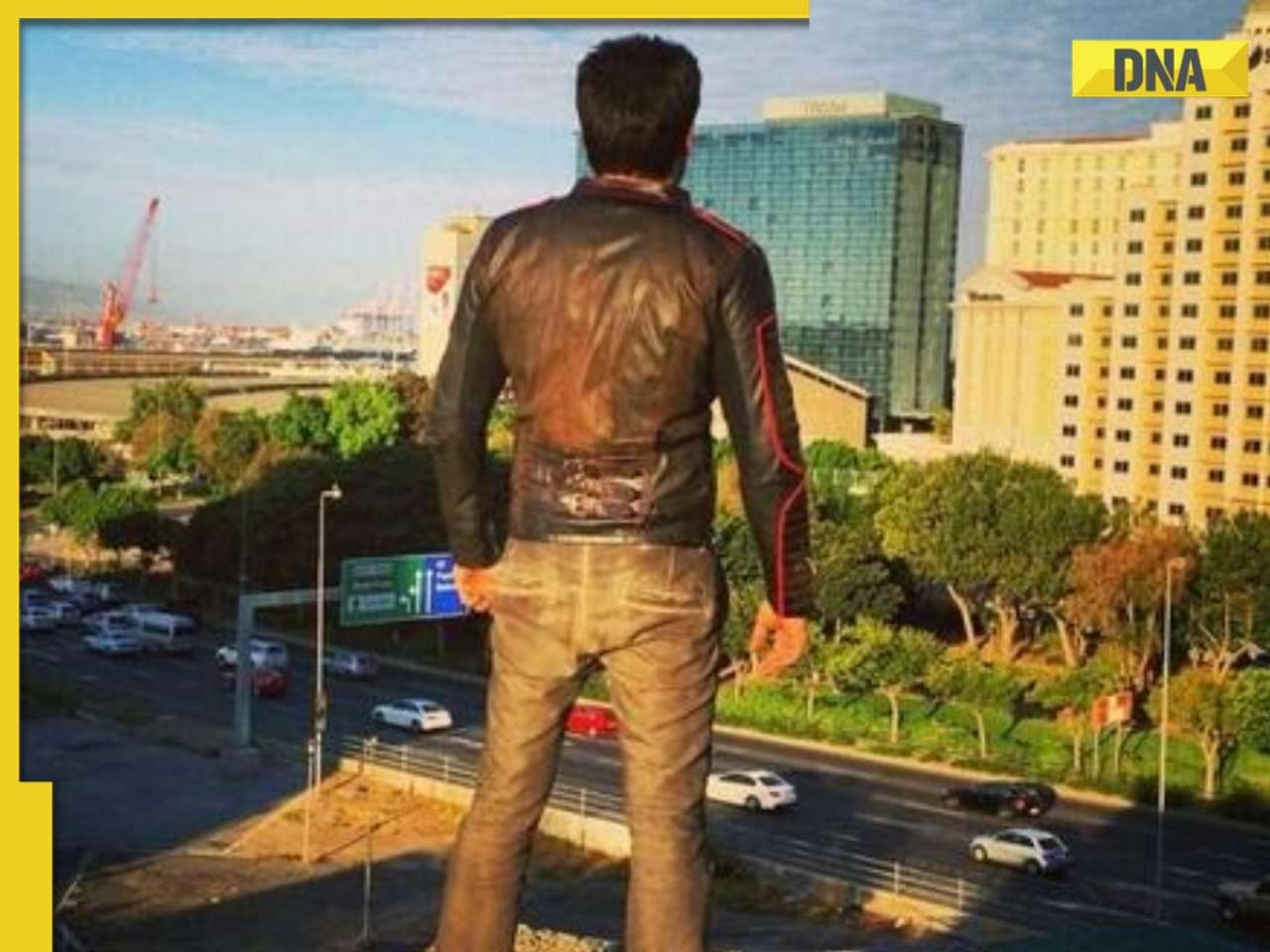





)
)
)
)
)
)